I. The Original Mummy
What is a mummy, what is mummification?
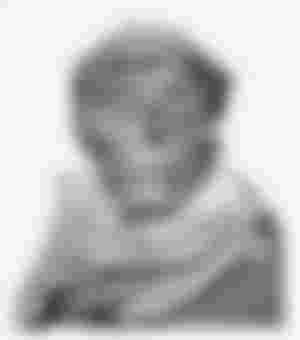
In general terms it is the preservation of a dead body. It can be done by, for example, freezing or drying. The Egyptian method was based on drying with the help of natron. It consists of sodium carbonate, which dried the body by drawing out water; sodium bicarbonate, which created an alkaline environment unsuitable for decomposing bacteria and fungi; and further of sodium chloride and sodium sulfate.
A characteristic trait of an Egyptian mummy is the bandage in which it is wrapped, and it is there for a reason. It reflects one of the most important events of Egyptian mythology, one upon which the whole Pharaonic system rested. The original mummy is Osiris, and the Osiris myth tells us why he is bandaged like that. Very, very briefly, the story tells us this:
Osiris, who was king, was killed by his envious (half-)brother Set. Osiris' spouse and sister Isis found his body and restored him to life long enough to conceive a child: Horus, the avenger. Set later found Osiris' body and cut it into 14 parts. Isis collected the parts and bound them together, thus the bandage. As a matter of fact, she found only 13 parts, the 14th, Osiris' phallus, she had made in gold. With proper ritual, Osiris was resurrected, able to get a proper funeral so he could reach afterlife. He became the god of the underworld, of the dead.
Osiris' bandaged body is the first Egyptian mummy, with the typical wrapping. And on Osiris and Horus, Pharaonic legitimacy was based.
II. The Six Aspects
According to Egyptian lore, a person consisted of 6 aspects, of which 5 were joined upon birth. These five were: body, shadow, name, spirit, and personality.
The body was important for the other aspects to survive, so it had to be preserved, embalmed. Otherwise it would have been impossible to enter the afterlife.
Everyone had a shadow. On pictures, it can sometimes be seen as a black figure. This, too, was important.
The name was crucial, it had to remain alive, preferably for ever, and was protected by a cartouche, which was really a magical rope.
The spirit, or soul, was called ka and was created upon birth by the god Khnum. It was a person's double, which lived on in the tomb with the same needs and routines as the person had had while alive. For this double, food, beverages and possessions were kept in the tomb.
The personality was called ba, and it had the ability to move between the physical world and the underworld (the world of the dead). It entered the body at birth and left at death.
The sixth aspect did not exist until a person had died, and it did not come to be by itself. It was actively created by magic spells. This aspect was called akh. Unless you had an akh, you would die "a second death" and then never be able to enter afterlife. The afterlife existence would be erased. The word akh is sometimes translated as immortality.
Afterlife was a form of rebirth into another world.
III. Embalming Procedure
There is no single source explaining the whole mummification process in detail, but a fairly complete picture can be obtained by picking pieces from different sources. The most comprehensive description, however, can be found in the writings of Herodotus. There are differences in details depending on which period one looks at and also depending on the social rank of the deceased; and it is always wise to realise that everything is based on interpretations of various sources and modern experiments with embalming. There is room for error. This, however, appears to be a fairly good description of the procedure as it has been understood.
First the body was purified. For that purpose embalmers took it to a tent of purification [ibu]. There it was washed and sacred oils were applied to it, after which it was taken to the palace of embalming [wabet]. Here priests, with the same exactness in surgery as in ritual, began the process. They cut open the body on the abdominal left side. All organs except the heart and kidneys (heart because it was too important, the centre of emotion, thought, and reason; kidneys because they were insignificant) were removed, then drying with natron took place. After 40 days, the natron was removed, and the body taken to the house of beauty [nefer]. There they stuffed it with linen, or sometimes sawdust, mud, or sand. Oils were rubbed into the body, wounds were sealed with wax, and the whole body was covered with resin. The surface was coloured (sometimes), yellow for women, red for men. Finally the body was wrapped with several layers of linen cloth, often with magical inscriptions written on them and with amulets in between the straps. The last step was to put on a death masque.
When organs were removed, four of them were saved in canopic jars: the liver, intestines, lungs, and stomach. Each organ was protected by one of Horus' four sons: Imsety protected the liver, Qebehsenuef the intestines, Hapy the lungs, and Duamutef the stomach.
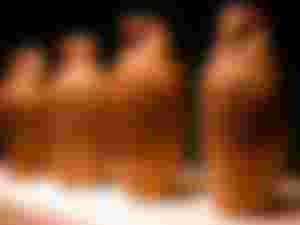
There were changes in details of mummification during the ages. Later one began returning the removed and dried organs to the dried body instead of storing them separately in the canopic jars.
During the Middle Kingdom the brain was removed as well. It was dissolved, liquefied, and drawn out through the nose. The empty skull was filled with resin.
The whole process took 70 days, the drying alone took 40 days. The 70 days are as much determined by requirements of ritual as by the physical process of drying and wrapping a corpse. As a matter of fact, it was most likely an adaptation to the dogstar, Sirius; the time from when it disappeared from sight until it returned was 70 days. An astronomical reflection of death and rebirth.
IV. Etymology, Use, & Mummy Stories
The word “mummy” stems from Arabic mūmiyyah [مومية], meaning bitumen, a form of asphalt, uttermost from Persian mūmiya. To this substance, which came forth from the Mummy Mountain in Persia, powerful medical properties were attributed. It was exclusive, rare, and hard to get. When the Arabs, who eagerly desired bitumen for many ailments, invaded Egypt, they got the idea that Egyptian mummies, being blackish as the substance from the Mummy Mountain, must have been prepared with bitumen. Thus, the wrapped corpses of Egypt came to be called mummies. And in case you wonder: yes, ground mummies were used as medicine, as mūmiyyah, bitumen. Yet it was wrong. The mummies were prepared with natron, not with bitumen, and that is a completely different substance.
"There is no remedy more certain and more fitting for the human body than the human body itself reduced to a medicament."
(Paracelsus, 16th Century )
Ground mummies were also used as a pigment, producing the colour "mummy brown", sometimes called "caput mortuum" - although the latter normally denotes another pigment.
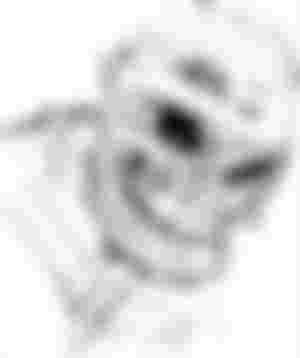
Who has not heard about fictional horror stories involving mummies? But did you believe that to be a modern invention? Actually, the old Egyptians themselves produced such stories, often with a historical figure as a main character; namely the fourth son of Ramses II, Setne Khamwas, a very respected high priest at Memphis.
V. Epilogue
Modern stories about mummies sometimes feature Aztec mummies, and it is a fact that the Aztecs also practised mummification. Given a probable cultural link between ancient Egypt and the Maya, leading further to the Aztecs, concluded by their script and certain calendric details, it is easy to assume that this reflects a heritage from Egypt. However, that is far from certain. The oldest known mummies so far were not found in Egypt, but in Chile, where the Chinchorro people practised mummification as far back as about 5050 B.C.
Copyright © 2020 Meleonymica/Mictorrani. All Rights Reserved.
(The lead image shows the mummified head of Nefertar, queen of Pharaoh Ahmose. Image source the same as for the picture of Pharaoh Ahmose's head. Public Domain.)
All my articles about Egypt and Egyptology can be found here.
Interested in history, legends and myths, join my community History, Myths, Legends & Mysteries (be45).
You find all my writings on Read.Cash, sorted by topic, here.
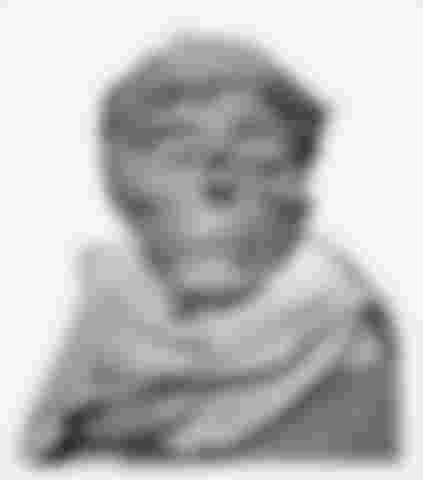
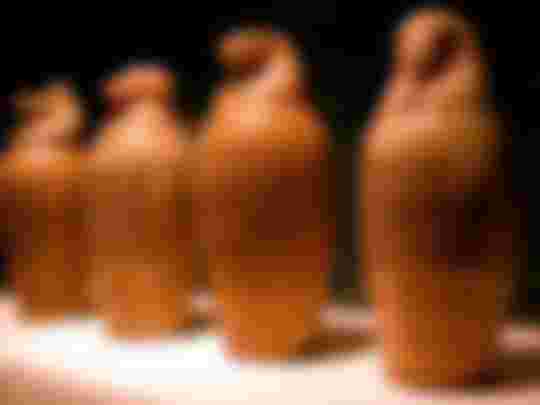

I like reading about history of places. Thank you for writing